- Rhododendron Macrophyllum: A Popular Winter Variety
- Appearance
- Winter Blooms
- Cold Tolerance
- Soil and Light Requirements
- Landscape Uses
- Care and Maintenance
- Conclusion
- Rhododendron Ferrugineum: A Colorful Winter Option
- Rhododendron Catawbiense: Hardy and Cold Resistant
- Overview
- Characteristics
- Cultivation and Care
- Conclusion
- Soil Acidity Monitoring: The Key to Successful Winter Rhododendron Growth
- Why is Soil Acidity Important for Winter Rhododendron Growth?
- The Role of Soil Testing
- How to Test Soil Acidity
- Adjusting Soil Acidity for Rhododendron Growth
- Conclusion
- Importance of Maintaining Optimal Soil pH Levels
- 1. Nutrient Availability
- 2. Microbial Activity
- 3. Plant Growth and Disease Resistance
- 4. Water Absorption and Nutrient Uptake
- Conclusion
- Testing Soil pH Levels: Methods and Tools
- Why is Soil pH Testing Important?
- Methods for Testing Soil pH
- 1. pH Test Strips
- 2. pH Meters
- 3. Soil Testing Kits
- 4. Laboratory Testing
- Interpreting Soil pH Results
- Adjusting Soil Acidity: Tips and Techniques
- 1. Determine the Current Soil Acidity Level
- 2. Increasing Soil Acidity
- 3. Decreasing Soil Acidity
- 4. Monitor and Adjust Regularly
- 5. Consider Plant Preferences
- 6. Seek Professional Advice
- Questions and Answers:
- Which species of winter rhododendrons should I cover during the winter?
- Why is monitoring soil acidity crucial for winter rhododendrons?
- How often should I monitor the soil acidity for winter rhododendrons?
- What are some signs that indicate the soil acidity might be too low for winter rhododendrons?
- Can I use any type of soil for winter rhododendrons?
- Videos: Taking Cuttings of Rhododendrons in the Garden and Filling the Propagation Frame
Winter is a challenging time for rhododendrons, as these beautiful flowering shrubs are not cold-hardy and require protection from harsh winter conditions. However, not all rhododendron species are equally vulnerable to the cold, and it is important for gardeners to know which ones need extra care during the winter months. In this article, we will discuss some of the rhododendron species that are more susceptible to cold damage and require covering, as well as the reasons why monitoring soil acidity is crucial for the health and well-being of these plants.
When it comes to covering rhododendrons during winter, it is important to prioritize the more tender species. Some of the rhododendron species that are more susceptible to cold damage include R. yakushimanum, R. smirnowii, and R. rex. These species have less cold-hardy foliage and are more prone to frost damage. It is recommended to cover these sensitive rhododendrons with burlap or other protective materials to shield them from freezing temperatures, especially during severe winter weather.
While covering the more sensitive rhododendrons is important, it is equally crucial for gardeners to monitor the acidity of the soil in which these plants are grown. Rhododendrons are acid-loving plants, and maintaining the correct pH level in the soil is essential for their overall health and growth. Soil that is too alkaline can lead to nutrient deficiencies and weaken the rhododendrons, making them more susceptible to winter damage.
By regularly monitoring the acidity of the soil using pH testing kits, gardeners can ensure that the pH level remains within the optimal range for rhododendrons, which is typically between 4.5 and 5.5. If the pH level is too high, corrective measures can be taken, such as adding elemental sulfur or applying acidic fertilizers, to lower the pH and create a more favorable environment for the rhododendrons to thrive.
In conclusion, knowing which rhododendrons need to be covered during winter and understanding the importance of monitoring soil acidity are key factors in successfully growing and protecting these stunning flowering shrubs. By taking these preventive measures, gardeners can enjoy the beauty of winter rhododendrons year after year.
Rhododendron Macrophyllum: A Popular Winter Variety
Rhododendron macrophyllum, also known as the Pacific rhododendron or the coast rhododendron, is a popular variety of rhododendron that thrives in winter conditions. With its stunning blooms and ability to withstand cold temperatures, it is a favorite among many garden enthusiasts.
Appearance
The Rhododendron macrophyllum is an evergreen shrub that can grow up to 15 feet tall and spread 10 feet wide. It has large, dark green leaves that provide a beautiful backdrop for its abundant flowers.
Winter Blooms
One of the most remarkable features of the Rhododendron macrophyllum is its ability to produce stunning blooms in the winter months. While most rhododendrons bloom in spring or summer, this variety defies the norm by producing large clusters of pink or purple flowers in late winter or early spring. The flowers, often bell-shaped, create a striking contrast against the backdrop of dark green leaves.
Cold Tolerance
The Rhododendron macrophyllum is known for its exceptional cold tolerance. It can withstand temperatures as low as -10°F (-23°C), making it an excellent choice for winter gardens in regions with cold climates.
Soil and Light Requirements
This variety of rhododendron prefers well-draining acidic soil with a pH between 4.5 and 6.0. It also thrives in areas with partial shade, though it can tolerate full sun if the soil is consistently moist.
Landscape Uses
Due to its ability to bloom in winter, the Rhododendron macrophyllum is often used as a focal point in winter gardens or as a backdrop for other winter-flowering plants. It can also be planted in woodland gardens or used as a foundation plant.
Care and Maintenance
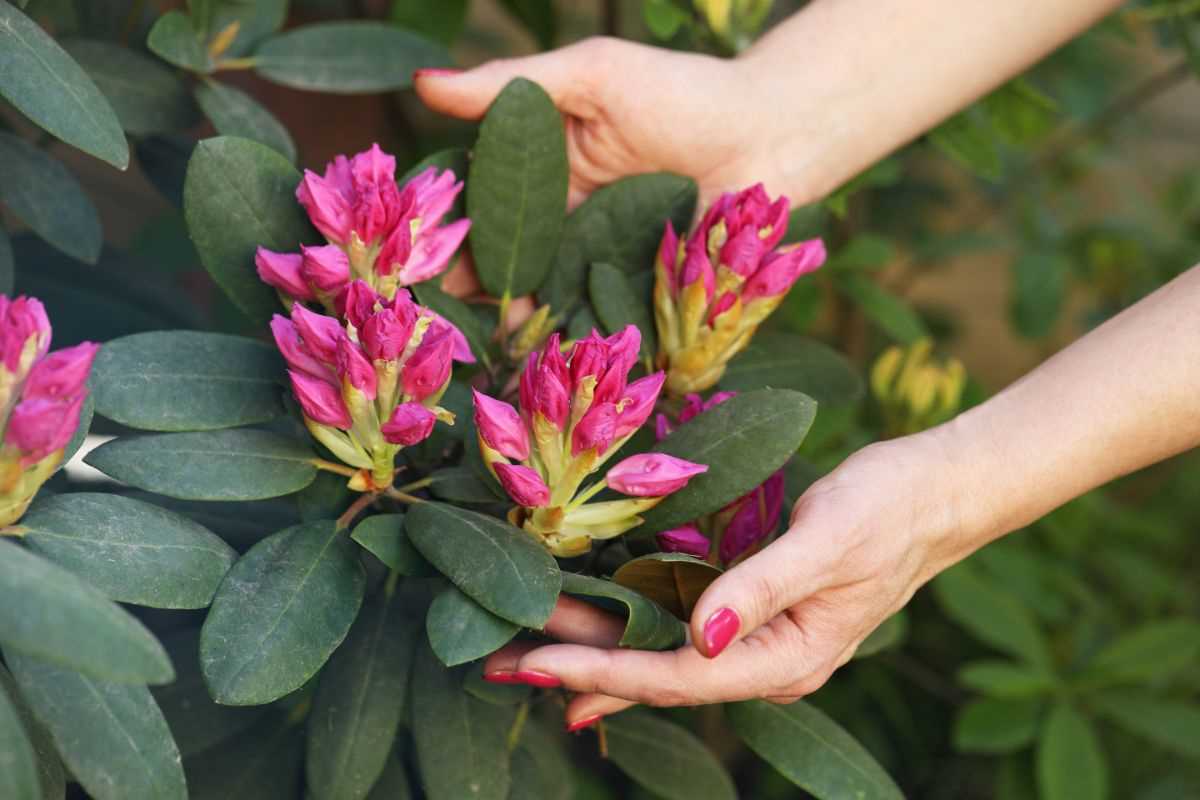
To ensure the health and vitality of the Rhododendron macrophyllum, regular care and maintenance are essential. This includes regular watering to keep the soil moist, especially during dry winter months. Mulching can help retain moisture and regulate soil temperature. Pruning should be done after flowering to maintain a compact shape.
Conclusion
If you’re looking for a stunning winter-flowering plant for your garden, the Rhododendron macrophyllum is an excellent choice. Its ability to withstand cold temperatures and produce beautiful blooms will make it a standout feature in any winter landscape.
Rhododendron Ferrugineum: A Colorful Winter Option
Rhododendron Ferrugineum, commonly known as Alpine Rose or Rusty-leaved Alpenrose, is a stunning flowering shrub that can add vibrant colors to your winter garden. Native to the mountainous regions of Europe, this species is well-adapted to cold climates and can withstand harsh winter conditions.
The Alpine Rose is characterized by its beautiful clusters of bell-shaped flowers that range in color from bright pink to deep red. These flowers bloom in the late winter or early spring, adding a splash of color to an otherwise dull landscape.
When choosing Rhododendron Ferrugineum for your garden, it’s important to consider its specific soil requirements. This species thrives in acidic soil with a pH level of around 4.5 to 5.5. Therefore, regular monitoring of soil acidity is crucial to ensure the healthy growth and blooming of your Alpine Rose.
To ensure optimal conditions for Rhododendron Ferrugineum, here are some key considerations:
- Acidic Soil: Alpine Rose requires well-draining acidic soil with a pH level between 4.5 and 5.5. Regularly test the soil pH and make necessary adjustments using organic soil amendments.
- Moisture: While Alpine Rose prefers moist soil, it is important to avoid waterlogged conditions. Ensure the soil has good drainage to prevent water accumulation around the roots.
- Sunlight: Rhododendron Ferrugineum thrives in partial shade to full sun conditions. However, in areas with intense sunlight, it’s best to provide some afternoon shade to prevent leaf scorching.
To cultivate Rhododendron Ferrugineum, start by preparing the planting site. Dig a hole that is twice as wide and just as deep as the root ball. Place the plant in the hole, making sure the top of the root ball is level with or slightly above the soil surface. Backfill with moist soil, gently firming it around the roots. Finally, water the plant thoroughly.
Remember that Rhododendron Ferrugineum requires regular watering, especially during dry spells. Mulching around the base of the plant will help retain moisture and regulate soil temperature. Prune the shrub in early spring to remove any dead or damaged branches and maintain a compact shape.
In conclusion, Rhododendron Ferrugineum is an excellent choice for adding vibrant colors to your winter garden. By ensuring the correct soil pH and proper care, you can enjoy the beauty of Alpine Rose even during the coldest months of the year.
Rhododendron Catawbiense: Hardy and Cold Resistant
Overview
Rhododendron Catawbiense is a species of rhododendron that is known for its hardiness and ability to withstand cold temperatures. It is native to the Appalachian Mountains and is commonly found in the southeastern United States. This evergreen shrub is popular among gardeners and landscaping enthusiasts due to its beautiful flowers and ability to thrive in harsh winter conditions.
Characteristics
Rhododendron Catawbiense is a medium-sized shrub that typically grows between 6 and 12 feet in height. It has broad, leathery leaves that are dark green in color and measure around 4 to 8 inches long. The plant produces clusters of large, showy flowers in various shades of pink, purple, and white. These flowers bloom in the late spring and early summer, creating a stunning display of color in the garden.
One of the key characteristics of Rhododendron Catawbiense is its ability to tolerate cold temperatures. It is hardy to USDA zones 4-8, which means it can withstand temperatures as low as -30°F (-34°C). This makes it an excellent choice for gardeners in colder regions who want to enjoy beautiful rhododendron blooms.
Cultivation and Care
Rhododendron Catawbiense prefers well-drained soil that is rich in organic matter. It thrives in acidic soil with a pH between 4.5 and 6.0. Regular monitoring of soil acidity is crucial to ensure the plant’s optimal growth and health. If the pH levels are too high, the plant may suffer from nutrient deficiencies. If the pH levels are too low, the plant may not be able to absorb certain nutrients.
When planting Rhododendron Catawbiense, it is important to choose a location that provides partial shade or filtered sunlight. The plant does not tolerate full sun well and may suffer from leaf scorch if exposed to excessive sunlight. Watering should be done regularly, especially during dry periods or when the plant is newly planted. Mulching around the base of the plant helps retain soil moisture and control weeds.
Conclusion
Rhododendron Catawbiense is a hardy and cold-resistant species of rhododendron that is a favorite among gardeners. Its ability to withstand cold temperatures and beautiful flowers make it an excellent choice for landscapes in colder regions. By providing the proper growing conditions and monitoring soil acidity, gardeners can ensure the health and vitality of Rhododendron Catawbiense in their gardens.
Soil Acidity Monitoring: The Key to Successful Winter Rhododendron Growth
Growing winter rhododendrons can be a challenging task, but proper soil acidity monitoring can make all the difference in ensuring their successful growth. Rhododendrons prefer acidic soil conditions, and monitoring and adjusting the pH level of the soil is crucial for their overall health and vitality.
Why is Soil Acidity Important for Winter Rhododendron Growth?
Rhododendrons thrive in acidic soil with a pH level ranging from 4.5 to 6.0. The soil acidity affects nutrient availability, root development, and overall plant health. If the soil pH is too high (alkaline), rhododendrons may experience nutrient deficiencies, slow growth, and even die. On the other hand, excessively acidic soil can lead to aluminum toxicity, hindering root development and nutrient uptake.
The Role of Soil Testing

Regularly testing the soil acidity is essential for maintaining optimal conditions for winter rhododendrons. Soil testing kits or professional soil laboratories can provide accurate pH readings to ensure proper adjustments are made.
How to Test Soil Acidity
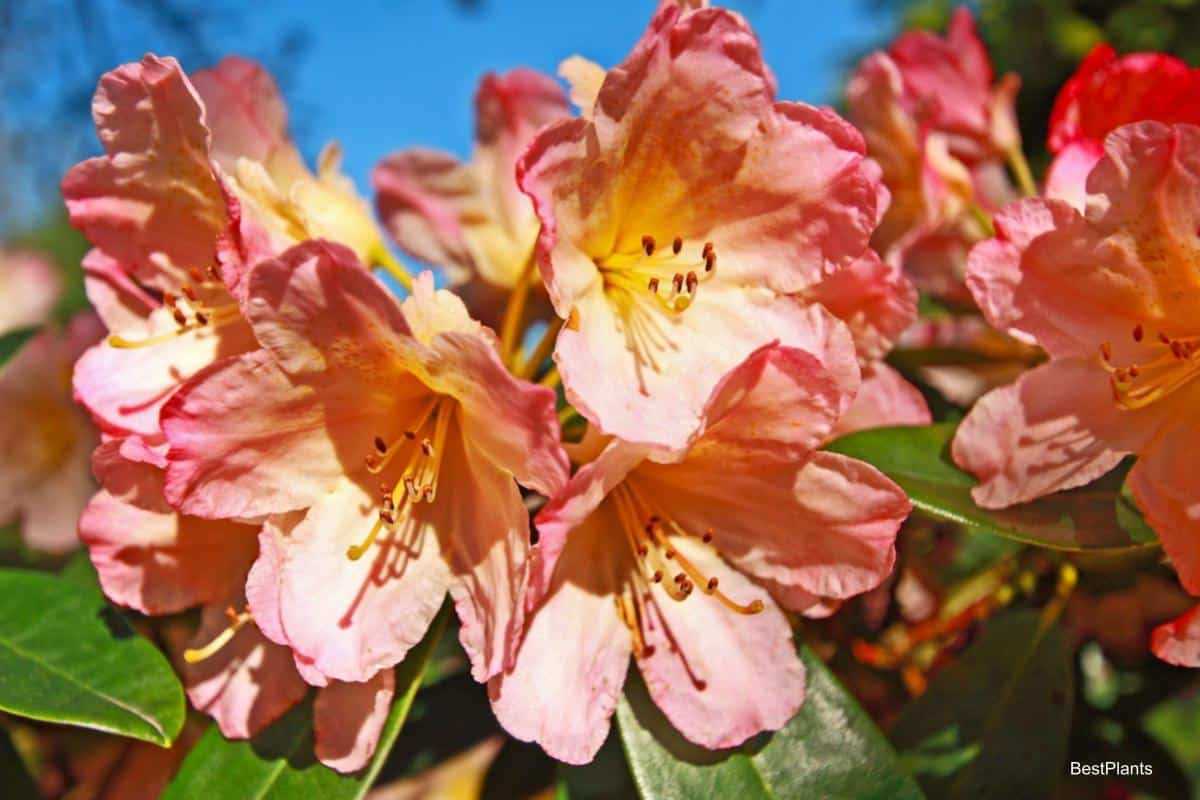
To test the soil acidity, follow these steps:
- Collect soil samples from various locations around the rhododendron plants.
- Combine the soil samples in a clean container and mix thoroughly.
- Use a pH testing kit or send the soil sample to a professional laboratory for analysis.
- Based on the test results, adjust the pH level as needed.
Adjusting Soil Acidity for Rhododendron Growth
If the soil pH is too high, several methods can be used to lower it:
- Adding elemental sulfur or ammonium sulfate to the soil.
- Using acidifying fertilizers formulated specifically for rhododendrons.
- Incorporating organic matter such as pine needles or peat moss into the soil.
It’s essential to monitor the pH level regularly and make adjustments accordingly, as soil acidity can change over time.
Conclusion
Successful winter rhododendron growth heavily depends on maintaining the proper soil acidity. By monitoring and adjusting the pH level, gardeners can ensure optimal nutrient availability and root development, leading to healthy and vibrant rhododendron plants. Regular soil testing and appropriate adjustments are vital for achieving the desired growing conditions for winter rhododendrons.
Importance of Maintaining Optimal Soil pH Levels
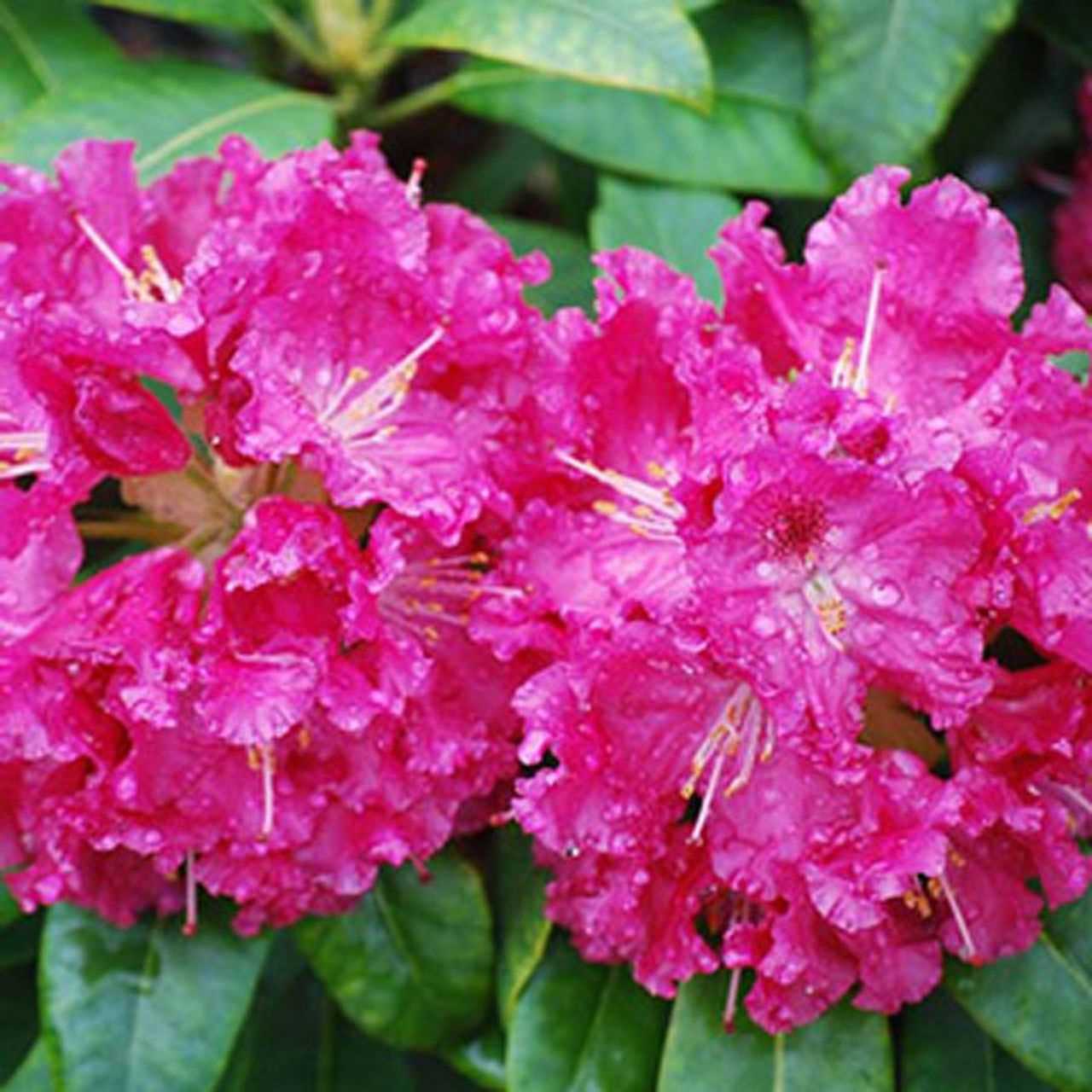
Paying attention to soil pH levels is crucial for the health and vitality of plants, including winter rhododendrons. The acidity or alkalinity of soil, as measured by the pH scale, directly affects nutrient availability and plant growth. Therefore, maintaining optimal soil pH levels is of utmost importance.
1. Nutrient Availability
Soil pH directly influences the availability of essential nutrients to plants. Different nutrients have different solubilities at different pH levels. For example, at low pH levels (acidic soils), aluminum and manganese can become more soluble, potentially reaching toxic levels for the plants. On the other hand, at high pH levels (alkaline soils), nutrients like iron, phosphorus, and zinc may become less available to plants. Therefore, maintaining the right pH level ensures that plants can access the nutrients they need for healthy growth.
2. Microbial Activity
Soil pH also plays a crucial role in the activity of soil microorganisms. These microorganisms help in breaking down organic matter, releasing nutrients into the soil, and forming beneficial relationships with plant roots. Different microorganisms thrive at different pH levels, and extreme acidity or alkalinity can disrupt this delicate balance. By maintaining optimal pH levels, you encourage the growth of beneficial microorganisms and enhance overall soil health.
3. Plant Growth and Disease Resistance
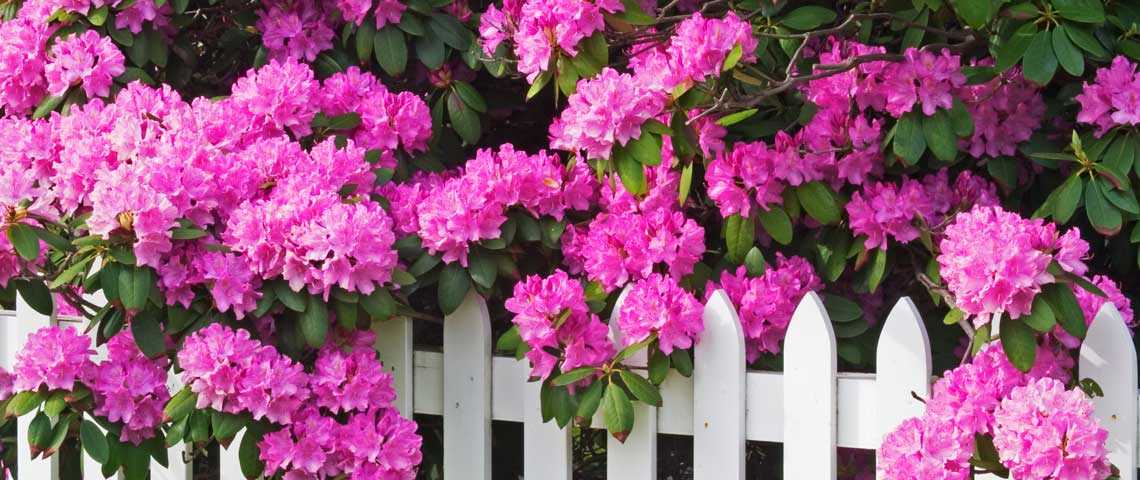
Plants have specific pH preferences, and maintaining the appropriate pH level creates an ideal environment for their growth. Rhododendrons, for example, prefer slightly acidic soil with a pH range of 4.5 to 6.0. Deviations from this optimal range can lead to poor growth, nutrient deficiencies, and increased susceptibility to diseases. By monitoring and adjusting soil pH levels, you can create favorable conditions for plant growth and enhance their natural resistance to pests and diseases.
4. Water Absorption and Nutrient Uptake
Soil pH affects the structure and composition of soil particles, which in turn influences water absorption and nutrient uptake by plant roots. In acidic soils, aluminum and manganese can bind with soil particles, impairing root development and reducing water and nutrient absorption. Conversely, alkaline soils can hinder the availability of certain minerals. Maintaining the optimal soil pH range promotes proper root growth, allowing plants to efficiently absorb water and nutrients.
Conclusion
Maintaining optimal soil pH levels is a critical aspect of successful gardening and plant care. By ensuring the right pH balance, you enhance nutrient availability, promote beneficial microbial activity, support plant growth, and improve disease resistance. Regular monitoring and appropriate adjustments can go a long way in creating a healthy and thriving garden ecosystem.
Testing Soil pH Levels: Methods and Tools
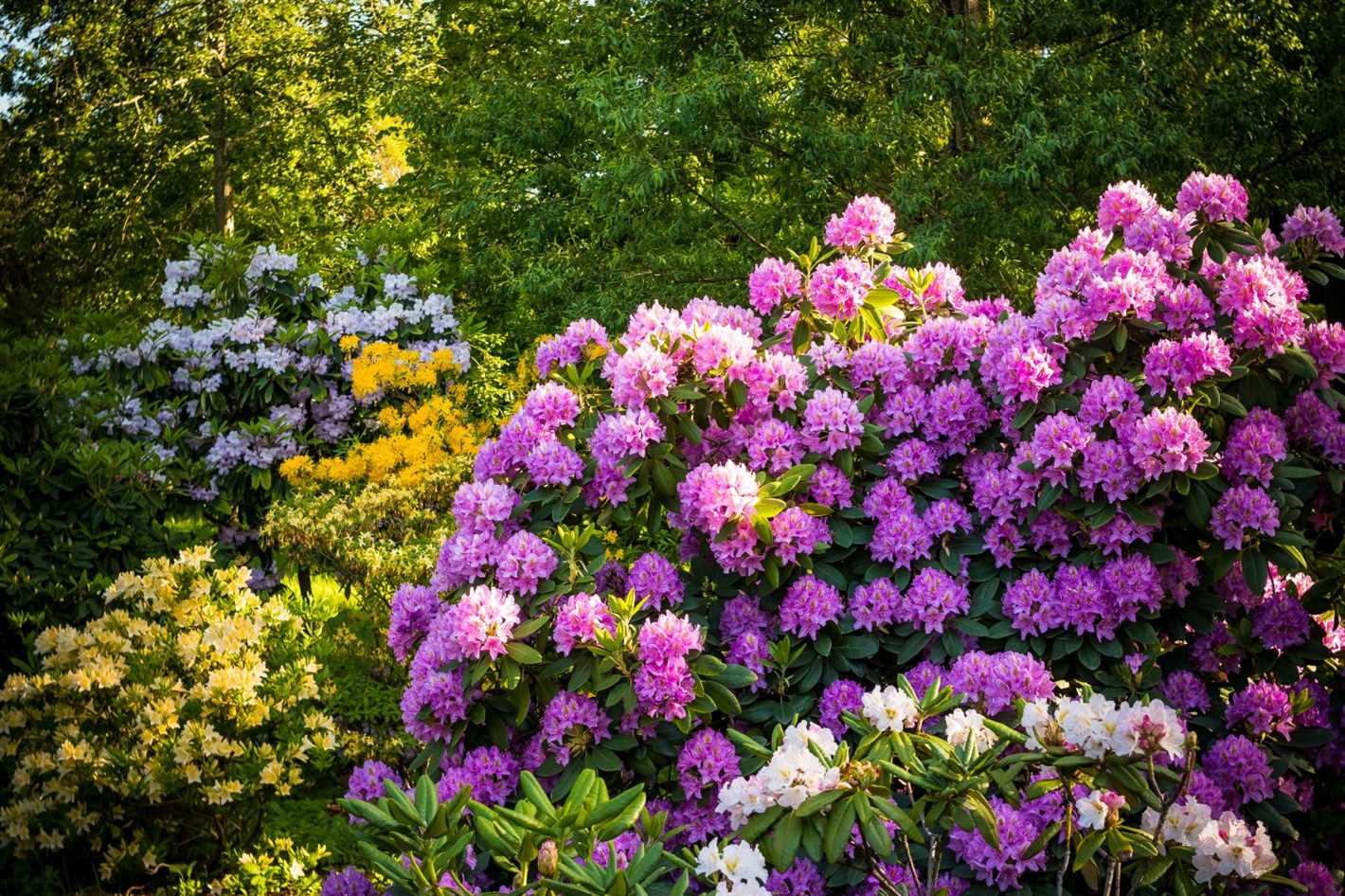
A crucial step in maintaining healthy plants, including winter rhododendrons, is monitoring and adjusting the soil pH levels. Soil pH is a measure of how acidic or alkaline the soil is. Different plants have specific pH requirements for optimal growth and nutrient uptake, and testing the soil pH helps determine whether the soil needs amendments to meet these requirements.
Why is Soil pH Testing Important?
The acidity or alkalinity of the soil affects the availability of essential nutrients to plants. If the soil pH is too high or too low, certain nutrients may become unavailable, leading to nutrient deficiencies and stunted growth. Additionally, soil pH can influence soil microbial activity, which plays a vital role in nutrient cycling and overall soil health.
Methods for Testing Soil pH
Several methods can be used to test soil pH, ranging from DIY methods to more advanced laboratory tests. The choice of method depends on the level of accuracy desired and the resources available.
1. pH Test Strips
pH test strips are affordable and easy-to-use tools for quickly estimating soil pH levels. To use them, a small amount of soil is mixed with distilled water and allowed to settle. Then, a pH test strip is dipped into the solution, and the color change is matched to a color chart to determine the pH level.
2. pH Meters
pH meters provide a more precise measurement of soil pH than test strips. These handheld devices have a probe that is inserted directly into the soil to obtain a pH reading. pH meters are convenient for frequent testing and can be calibrated for accurate results.
3. Soil Testing Kits
Soil testing kits are comprehensive kits that often include pH test solutions, color charts, and other tools for measuring soil pH. These kits may also offer additional tests for nutrient levels and soil composition. They are suitable for those who want a more thorough analysis of their soil.
4. Laboratory Testing
If a more detailed analysis is required, soil samples can be sent to a laboratory for testing. This option provides the most accurate results and often includes a comprehensive report on soil pH, nutrient levels, and other properties. However, it may be more expensive and time-consuming compared to other methods.
Interpreting Soil pH Results
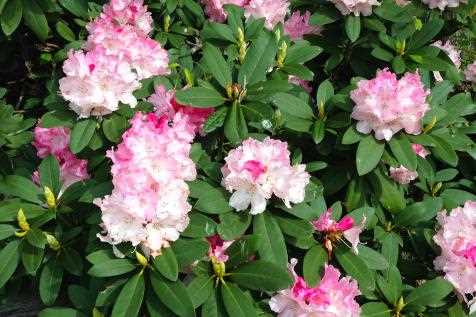
Once the soil pH is determined, it is important to interpret the results within the context of the specific plants being grown. Most plants prefer slightly acidic to neutral soil with a pH range between 6.0 and 7.0. However, certain plants, such as rhododendrons, prefer more acidic soils with pH levels around 5.0 to 6.0. If the soil pH deviates significantly from the desired range, appropriate amendments can be applied to adjust and maintain optimal pH levels.
Regularly testing soil pH levels is crucial for ensuring healthy plant growth and maximizing nutrient availability. By using the methods and tools mentioned above, gardeners can effectively monitor and maintain the optimal soil pH for their winter rhododendrons and other plants.
Adjusting Soil Acidity: Tips and Techniques
1. Determine the Current Soil Acidity Level
Before adjusting the soil acidity, it is important to know the current pH level of your soil. This can be done by using a soil testing kit or by sending a soil sample to a local agricultural extension office. The pH level will determine the appropriate adjustments needed.
2. Increasing Soil Acidity
If your soil pH is too high (alkaline) and you need to increase acidity, you can use the following techniques:
- Add organic matter: Incorporating acidic organic materials such as peat moss, pine needles, or shredded leaves can help lower soil pH over time.
- Apply elemental sulfur: Elemental sulfur can be applied directly to the soil to lower pH. It needs to be mixed in thoroughly and allowed to react with the soil over a period of time.
3. Decreasing Soil Acidity
If your soil pH is too low (acidic) and you need to decrease acidity, you can use the following techniques:
- Add agricultural lime: Applying agricultural lime to the soil can help raise the pH level and make the soil less acidic. It is important to follow the recommended application rates as excessive lime can have negative effects.
- Incorporate organic matter: Adding compost or well-rotted manure can help improve the soil structure and nutrient content, which can help balance the pH level over time.
4. Monitor and Adjust Regularly
After making adjustments to the soil acidity, it is important to monitor the pH level regularly to ensure it remains within the desired range for your specific plant needs. Conduct soil tests annually or as recommended by a local agricultural extension office to make any necessary adjustments.
5. Consider Plant Preferences
Some plants have specific preferences for soil acidity. Research the specific requirements of the plants you are growing to ensure they are being provided with the optimal pH range for their growth and health.
6. Seek Professional Advice
If you are unsure about adjusting the soil acidity on your own or if you have specific concerns, it is recommended to seek advice from a professional, such as a horticulturist or an agricultural extension agent. They can provide guidance tailored to your specific soil and plant needs.
By following these tips and techniques, you can adjust the soil acidity to create the ideal growing conditions for your plants, including winter rhododendrons.
Questions and Answers:
Which species of winter rhododendrons should I cover during the winter?
It is recommended to cover all species of winter rhododendrons during the winter to protect them from frost and harsh weather conditions.
Why is monitoring soil acidity crucial for winter rhododendrons?
Monitoring soil acidity is crucial for winter rhododendrons because these plants prefer acidic soil. If the pH level of the soil is not within the desired range, it can negatively affect their growth and overall health.
How often should I monitor the soil acidity for winter rhododendrons?
It is recommended to monitor the soil acidity for winter rhododendrons at least once a year. However, if you notice any signs of poor growth or discoloration in the leaves, it is advisable to check the soil acidity more frequently.
What are some signs that indicate the soil acidity might be too low for winter rhododendrons?
Some signs that indicate the soil acidity might be too low for winter rhododendrons include yellowing leaves, stunted growth, and a lack of flowering. If you notice any of these signs, it is important to test the soil acidity and make necessary adjustments.
Can I use any type of soil for winter rhododendrons?
No, winter rhododendrons prefer acidic soil with a pH level between 4.5 and 6.0. It is important to use a soil mix that is specifically designed for rhododendrons or to amend the soil with organic matter to increase acidity if necessary.







